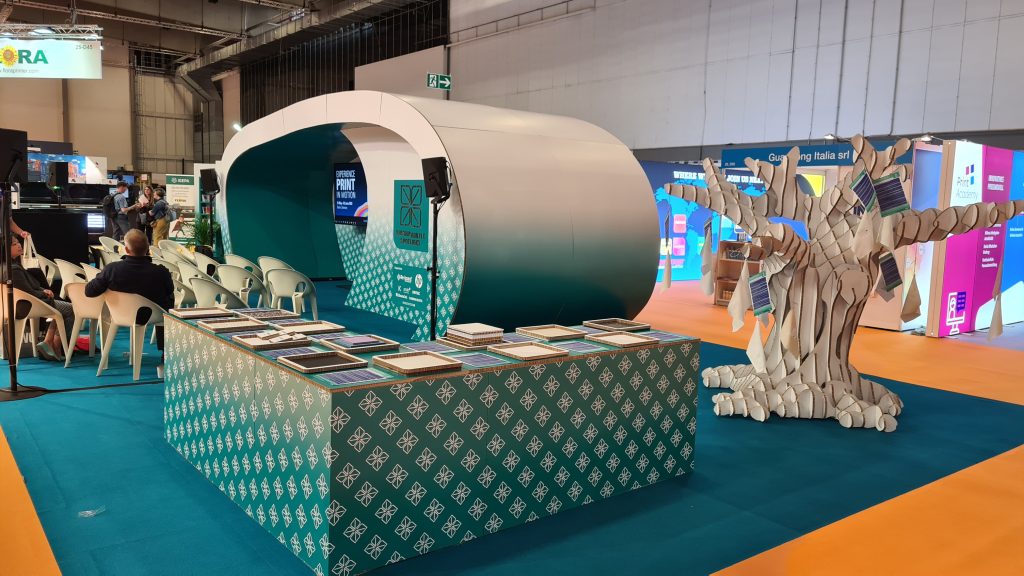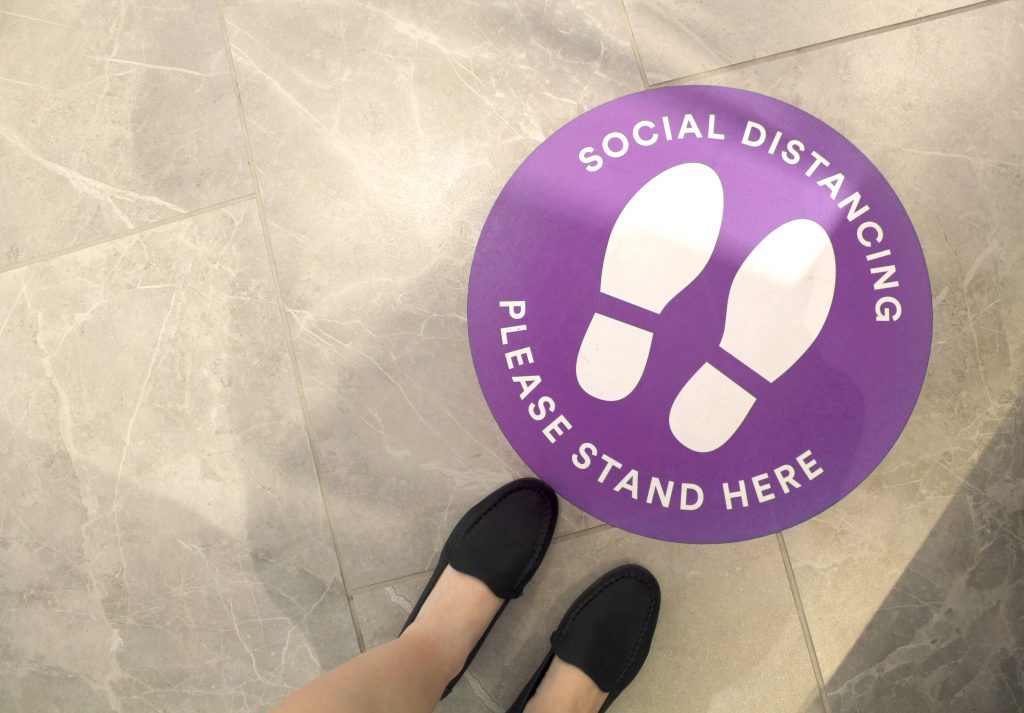
The primary purpose of any exhibition is to capture and excite audiences. It should facilitate interaction, cultivate interest and ultimately, engage key target segments. Keeping a strong vision is a challenge for any exhibition design project. The process is often long and complicated, since it involves working in close collaboration with numerous stakeholders, each with their own agendas while refining and integrating multiple creative elements. Exhibition design is therefore not for the faint of heart, given the logistical and competitive challenges it poses.
So, what can businesses do to navigate the process whilst ensuring that they outdo their rivals?
- Tell your own unique story
Focus on developing a storyline about your organisation or business that really articulates what your company or business values. Why do you exist? Design experiences that will get people talking, and which encourage them to engage with the stories being told. Do not even attempt to copy rivals or what has been done before. Start from a clean slate. Develop bespoke content and fittings and decide from the very beginning what technology or displays to use to tell your story in the right tone, in the right way, at the right time to the right audience.
- Keep your content concise and consistent
Don’t try to cram multiple messages and content into your exhibition space. The more you pontificate our brand’s message without taking the audiences’ unique characteristics into account, the less likely you will be able to hold their attention and to get your voice across. Simultaneously, ensure that the brand identity used for your stand or space is consistent with all the colours, logos and graphics used within your existing marketing communications.
- Take your brand’s message beyond physical space
Interactive and traditional media are invaluable tools to amplify brands while adding depth to exhibition spaces. Augmented and virtual reality technologies bring products to life, extending the time people spend in your exhibition space, and this inevitably, increases the likelihood of purchases. Modern technology also opens opportunities for both immersive and omni-channel storytelling, be it by developing a presence on the web or social media as well as apps, which in turn, expands audience reach.
- Be bold and creative – but don’t try to please everyone
The human brain is naturally drawn to vivid colours and innovative designs. Do not hesitate to deploy strong imagery, text and clever lighting to incite curiosity and interest. However, don’t try to create exhibitions that appeal to the masses. Ensure that your exhibition resonates with specific target audiences and speak to them through carefully designed and curated graphics and displays.
- Create sustainable spaces
Where possible, use eco-friendly or sustainable materials to create furniture, displays or pop-up shelves. Assess how displays can be recycled or re-configured for future exhibitions or events. Select suppliers that specialise in eco-friendly paper and board to create exhibition collateral.
OVOL – one of Singapore’s leading suppliers for eco-friendly paper solutions – is the official distributor of Re-board, a revolutionary paper-based sandwich board. Its patented stature of corrugated board cells with several layers of special liners gives it excellent strength, giving exhibition designers the power to devise an infinite number of solid and durable 2D and 3D signage and displays.
It boasts strong environmentally-friendly credentials, given the fact that it is largely paper-based, and is hence recyclable. Manufacturing Re-Board also uses 80% less wood. Moreover, unlike other materials that utilise hazardous solvents to piece things together, the adhesive used for Re-Board is water-based. Water-based adhesives are known to withstand extreme temperature better than adhesives created using the hot-melt method.
Re-Board’s technology was engineered by the award-winning Swedish inventor Karl-Gustav Ericsson who saw the need for a paper-based material that was lightweight, durable, and environmentally friendly. Its strength is formidable, with Erisson himself proclaiming that it can even be used to build houses. It can be pinned together with plastic screws, and by using accessories such as hooks, hinges and corner locks, it gives exhibition designers and builders the flexibility to design and set up complex, versatile structures that are easy to deconstruct and recycle. Ovol currently sells ReBoard in two formats – 10mm and 16mm.


















